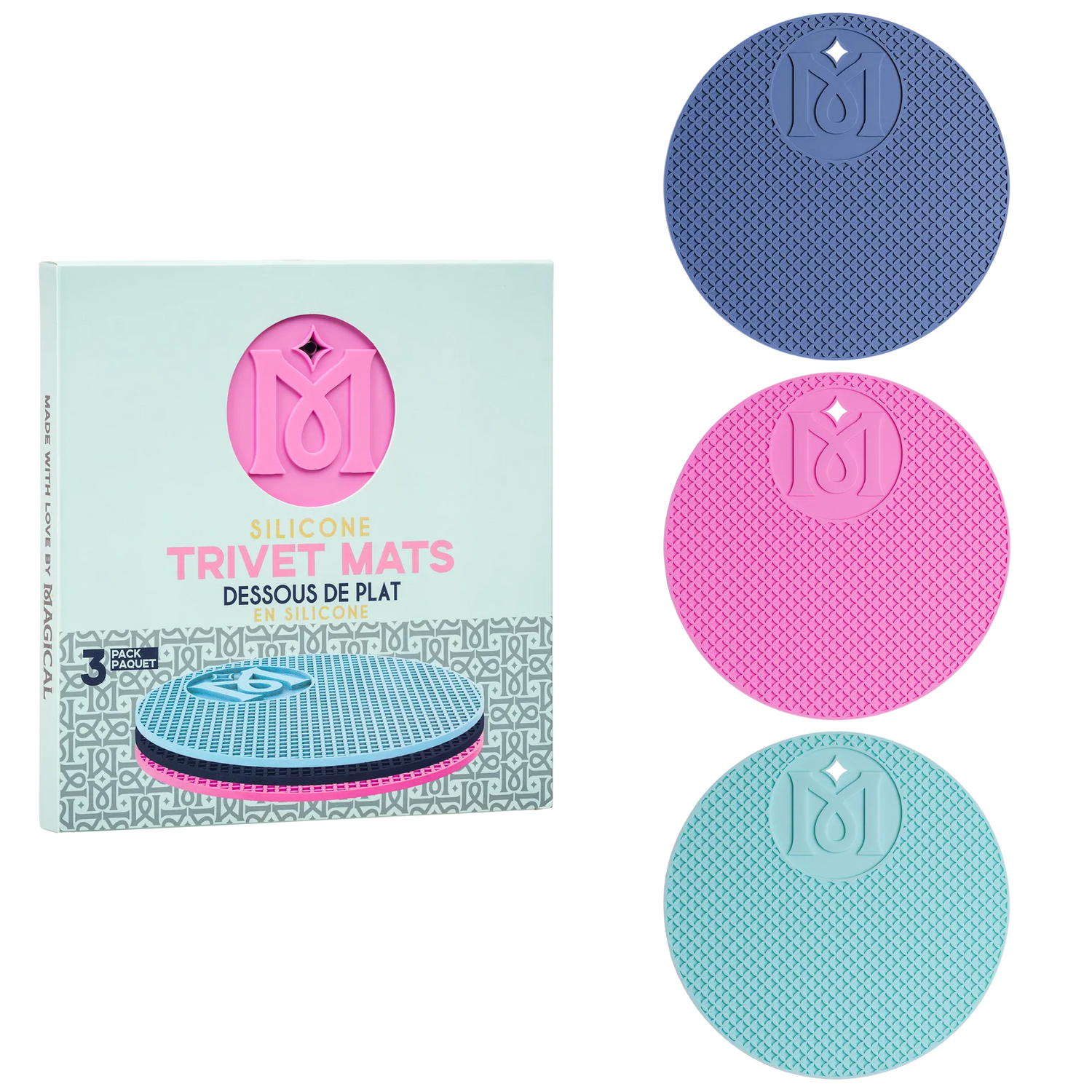Thinking about starting an indoor garden? It’s the perfect way to extend your growing season and have fresh harvests year round. However, indoor growing can require more preparation and equipment than an outdoor garden. If you haven’t grown indoors before, let’s look at the benefits and what you’ll need to get started.
Benefits of Indoor Gardening
An indoor garden gives you more control over your growing environment. You’ll be able to provide optimal temperature, humidity, and light regardless of the season. You’ll likely use less water than outdoors as well since there’s less evaporation. Indoor gardens are also less prone to pests when proper precautions are taken. This means better and more frequent harvests, and fewer lost crops.
Knowing Your Space
To get off to the best start, you’ll want to consider how much space you have, what kind of space it is, and the challenges it may present. You can use a closet, a basement, a spare bedroom, or place a grow tent in any room for increased environmental control. If you opt for an unfinished basement or room with darker walls, consider putting up reflective film or panda film to increase lighting and enclose the space.
Also, consider how well insulated your grow space will be. If your plants will be near an external wall, how will outdoor temperature changes affect the indoor temperature? If you live in a region with harsh winters, you may consider adding humidifiers or a heat source. Conversely, if you are growing indoors during the summer, you might need a dehumidifier or portable air conditioner if central air is not an option. The best way to determine what you need is to implement thermometers and humidity sensors to properly monitor conditions. There are a multitude of options ranging from $10 up to several hundred dollars.
Grow Lights
How much light you need will depend on the size of your space and how much natural direct light is available. The amount of light needed will depend on the type of plant, and the phase of growth. Most plants will need anywhere from 8 to 18 hours of direct light for optimal growth. Take careful note of your plant's light requirements. Ensure that if your plants require total darkness, any external windows are properly sealed and there are no other light leaks into your grow space.
For a 2’x2’ area, a 100w LED grow light is sufficient (depending on your plant's light requirements). The size of your light will increase with the size of your area, and if you are working with more than a 6 ft by 6ft area, you will need more than one light. When choosing a light, you’ll also need to consider cost. While HID lights tend to be cheaper upfront, you will pay more in the long run for electricity and replacement bulbs. With LED becoming the industry standard, many manufacturers are ceasing production of HID bulbs and fixtures.
Ventilation
Maintaining adequate airflow in your grow room prevents mold, supports growth, and improves plant strength. Oscillating fans help keep the air moving, and are relatively inexpensive. They range from 6 inch clip-on fans to 2 foot wide pedestal or mounted fans. If you’re growing in a tent, you’ll also need an exhaust fan to help regulate the temperature and bring in fresh air while porting out stale air.
Temperature and Humidity
All plants have an ideal temperature range. Most plants can be grown easily between 65℉ and 80℉, so any temperature controlled indoor space should work nicely. If you are thinking about using space without existing temperature controls, you’ll need to ensure your space is properly insulated and ventilated.
You’ll also need to monitor your humidity, to prevent your plants from drying out or developing mold. Generally, plants need a higher humidity during vegetative growth than during fruiting and flowering. If proper temperature and ventilation are not keeping the humidity within range, humidifiers and dehumidifiers for small spaces are relatively inexpensive. Many companies offer environmental controllers at a reasonable price. They control your fans and humidifiers to maintain the ideal environment.
Another important consideration is the type of heat your light fixtures will produce. HID grow lights tend to produce large amounts of heat, and it is vital to ensure your ambient temperatures stay below 78 degrees. LED grow lights, however, produce far less heat and plants can safely thrive in ambient temperatures up to 84 degrees under this type of grow light.
Growing Style
Once you’ve got your space planned out, all that’s left is to decide how you want to grow. Your growing style is all about your personal preferences. Are you looking to try something new, like hydroponics, or would you prefer to stick to something you know? If you prefer soil or coco, you can opt for traditional plastic pots, or go with fabric pots that are more breathable and prevent root crowding. There are a thousand ways to grow.
If you know other people who grow, keep in mind that their style may not work for you. That’s normal, and you’ll find what works for you along the way.
We’re here to answer your questions, comment below or contact us on chat. If you’re in the Atlanta area, stop by Taproot Hydroponics & Organics for a one-on-one indoor gardening consultation. We want to help you Grow Your Own!








